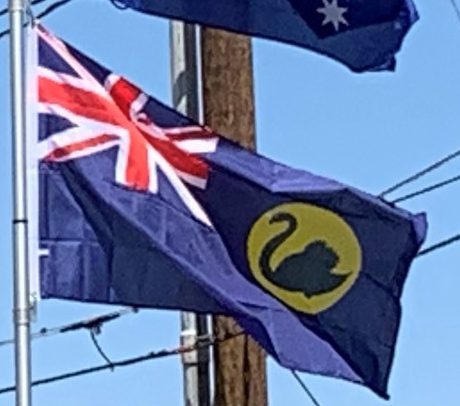Discoveries at Coolgardie (1892) and Paddy Hannan’s discovery at Kalgoorlie (1893) sparked true gold fever.
Gold inspired a new wave of exploration, including David Carnegie who, in 1896, led an epic expedition that traveled through the deserts north of Coolgardie, through the Gibson and Great Sandy Deserts to Halls Creek in the Kimberley, before returning to Coolgardie.
In the late 19th century there was talk of the gold-rich region around Kalgoorlie seceding from Western Australia, as a colony/state called “Auralia”. This campaign coincided with the reluctance in Perth regarding Western Australia taking part in Australian federation.
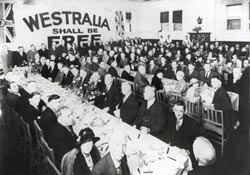
State of Australia:
On 1 January 1901, following a proclamation by Queen Victoria, Western Australia, along with the other five British colonies of New South Wales, Queensland, South Australia, Tasmania and Victoria, formed the federation of the Commonwealth of Australia, of which they each became component states. However, Western Australia was rather reluctant to join the union, doing so only after a railway line connecting the west coast to the east coast was offered.
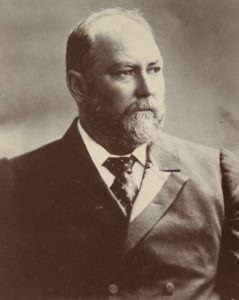
Development in the Early 20th Century:
The wealth generated from gold soon disappeared and by the early years of the 20th century the economy was once again dependent on wool and wheat. This dependency meant that a dramatic fall in wool and wheat prices in the late 1920s – early 1930s saw the state’s economy collapse.
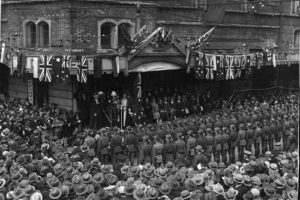
It was not to recover until after World War II when the Federal Government’s postwar immigration policy saw a huge influx of migrants, nearly all of them from Europe, in the period 1947 to 1970.
In a referendum in 1933, 68% of voters favored secession. The Premier, Philip Collier, argued in London for secession but the British decided they could not grant it.
Geography:
Western Australia occupies nearly one third of the Australian continent. Due to the size and the isolation of the state, considerable emphasis has been made of these features; it is the second largest administrative territory in the world, after Yakutia in Russia, and no other regional administrative jurisdiction in the world occupies such a high percentage of a continental land mass. It is also the only first level administrative subdivision to occupy the entire continental coastline in one cardinal direction.
Its capital city, Perth, is also considered to be among the world’s most isolated, being closer to Jakarta in Indonesia, than to the Australian national capital in Canberra.
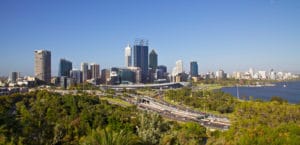
The bulk of Western Australia consists of the extremely old Yilgarn craton and Pilbara craton which merged with the Deccan Plateau of India, Madagascar and the Karoo and Zimbabwe cratons of Southern Africa, in the Archean Eon to form Ur, one of the oldest super-continents on Earth (3 – 3.2 billion years ago). In May 2017, evidence of the earliest known life on land may have been found in 3.48-billion-year-old geyserite and other related mineral deposits uncovered in the Pilbara craton.
